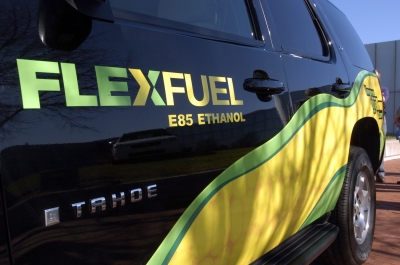
India has unveiled its first flex fuel hybrid sedan, kicking off the government’s pilot project to push automakers towards adopting clean fuels. Flex fuel vehicles are already popular in the US, and several countries in Europe and other places.
What are flex fuels
The flex fuel vehicles can run on either 100% petrol or 100% bio-ethanol or a blend of both. While bio-ethanol contains less energy per litre in comparison to petrol, the calorific value, which is the energy contained in the fuel, of bio-ethanol will be at par with petrol with the use of advanced technology. These vehicles allow users to switch engine fuel from petrol to ethanol
How is ethanol produced?
Most of the ethanol is made by fermenting the sugar in the starches of grains such as com sorghum, and barley, and the sugar in sugarcane and sugar beets, In the US. maximum ethanol is produced from com kernel starch. Brazil, the world’s second-largest consumer of fuel ethanol after the US..uses sugarcane to produce ethanol.
Pros
As ethanol is much cheaper than petrol in India, the fuel price will be lower.
This technology also reduce India’s dependency on the import of petrol. This is in line with the government’s target for self-sufficiency in energy by 2047.
The most important benefit of using flex fuel vehicles is that the use of ethanol blending will sharply lower harmful pollutants such as carbon monoxide, sulphur, and carbon and nitrogen oxides.
Cons
With the higher of ethanol, the manufacturing costs will increase and that in turn will hike up the cost of vehicles.
Besides, the auto parts that come in contact with higher ethanol content will need to be replaced with a compatible product to avoid corrosion.
Another major problem with the higher use of ethanol is the spike in the prices of sugarcane. As India will be using sugarcane molasses to produce ethanol, the mass production of flex fuel may lead to an increase in the prices of the crops.
Also, a big-scale cultivation of sugarcane will be requiring a huge amount of land that can otherwise be used for different purposes.
Picture credit : Google




